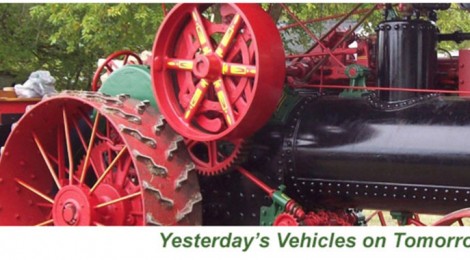
Turin Charter ratified by FIVA “Fédération Internationale des Véhicules Anciens”
The contemporary understanding of heritage protection goes beyond the preservation of individual buildings and objects (traditionally we speak about heritage protection as a physical protection of individual cultural monuments from attack and changes created by time), because expands the scope of those participating in heritage protection (from the profession and local communities to civil society), in research, direct interventions in and on buildings, decision-making and the search for the most appropriate solutions, as well in heritage management.
Understanding the heritage protection, moving beyond the treatment of heritage on a case-by-case basis, exploring wider values of the cultural environment and with the acknowledgement that on the field of technical heritage was done a lot, but yet not all, brings FIVA Culture Commission to a conclusion that it is indispensable, in the times of massive production, to accentuate and to remind that some of today’s most common objects – this are motor vehicles – have dramatically changed the course of history and humanity. Consequently this is one of the reasons why they deserve and have to be treated as part of our heritage: they are part of world’s technical heritage. The result of this responsiveness was condensed in a charter: The Turin Charter!
It is estimated that over 100,000 patents created the modern automobile and motorcycle: this fantastic innovation in 19th century changed the world of industry and human mentality. Using horses and wagons as transportation was no longer necessary. A person could be transported anywhere, now for long distances without extended stops, either by himself or with his family. Gasoline became a necessity (new industry and its production), people were able to live on the peripheries and work in the city. New jobs allow more employment due to the impact of the automobile such as city and highway construction, gas stations, auto repair shops, auto shops, etc.
What an innovations were Karl Benz’ s first automobile in 1885 or the 1908 Ford Model T, the air cooled Volkswagen or the first electrical ignition system for cars invented by GM engineers Clyde Coleman and Charles Kettering… And these are only a few innovations that changed drastically the history!
Already in 1966 the founders of FIVA, “Fédération Internationale des Véhicules Anciens”, felt that the time had come for an international body to promote and guide the interests of the historic vehicle movement throughout the world. FIVA, that today represents worldwide more than 1.5 million historic vehicle enthusiasts, works through different Commissions. One of the most significant is the FIVA Culture Commission where its strategy is based on preservation, protection and promotion of historic vehicles as well as related objects. Its main aim is to obtain the recognition of the cultural significance of historic vehicles as cultural artifacts by legal and political authorities and the other stakeholders. The fact is that if we want to understand the vehicle in full it has to be – with certain exceptions – in its natural use on the road or track.
Last year the Turin Charter was enacted and ratified by all 61 national member organizations of FIVA. The Charter aims to preserve and safeguard the history of vehicles including their engineering, form, functions and documented histories and their many and diverse relationships with society and social environments, accompanies today the Venice, Barcelona and Riga charters, which set forth standards for the maintenance and preservation of historically significant buildings, watercraft and rail vehicles.
Places and items of technical heritage are a scarce and non-renewable resource! Once they are destroyed cannot be regenerated or reintroduced. The charter efforts are to underline the value of mobile technical heritage, since its testimony to social, economic and environmental changes through history. It is meant to be used as a model for international policy related to historic motor vehicles as well as a guide for owners on how to best preserve their historic vehicles and to protect both the tangible and intangible evidence of the history of vehicles in order to pass it on.
On behalf of FIVA Culture Commission,
Nataša G. Jerina

